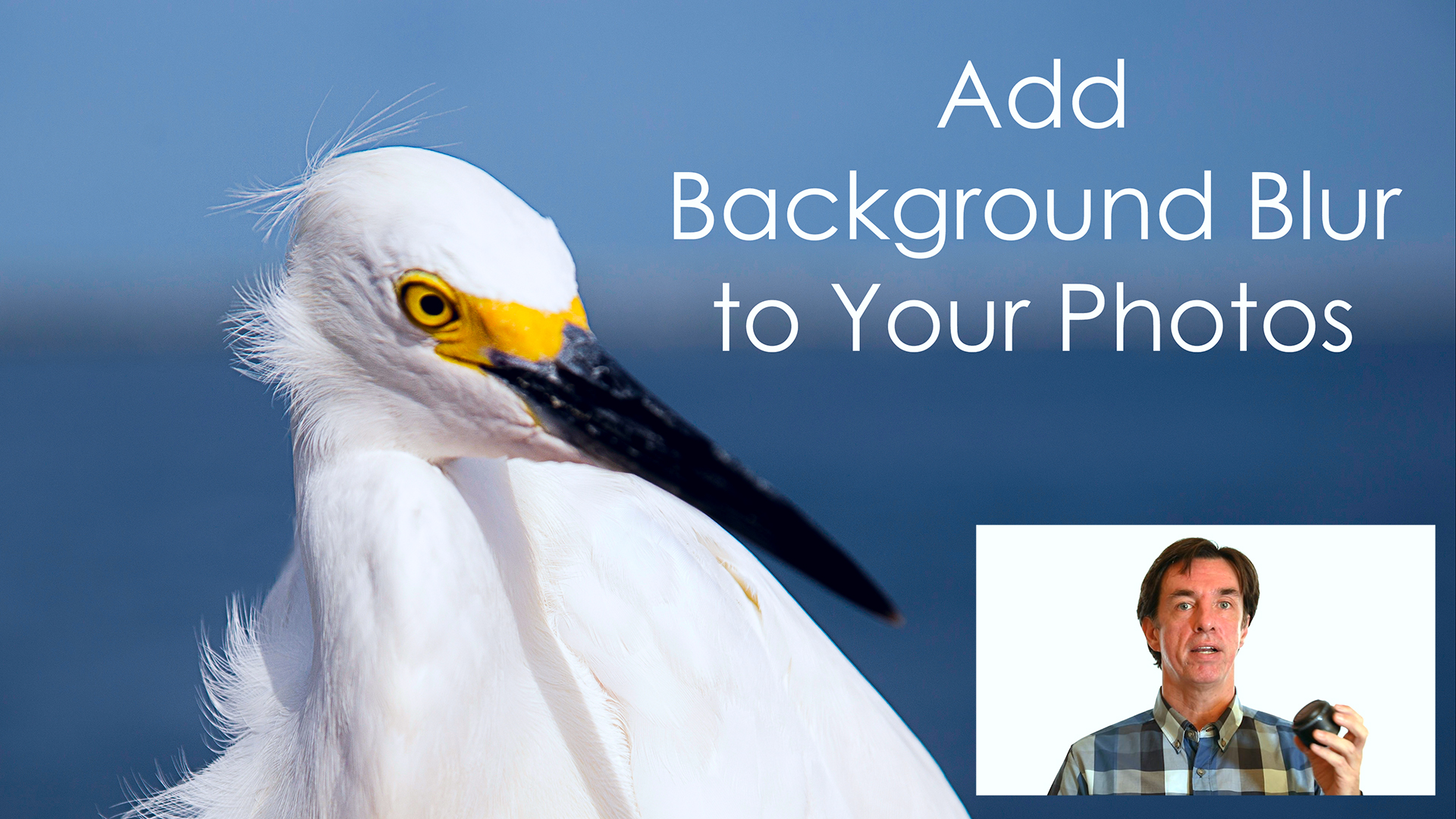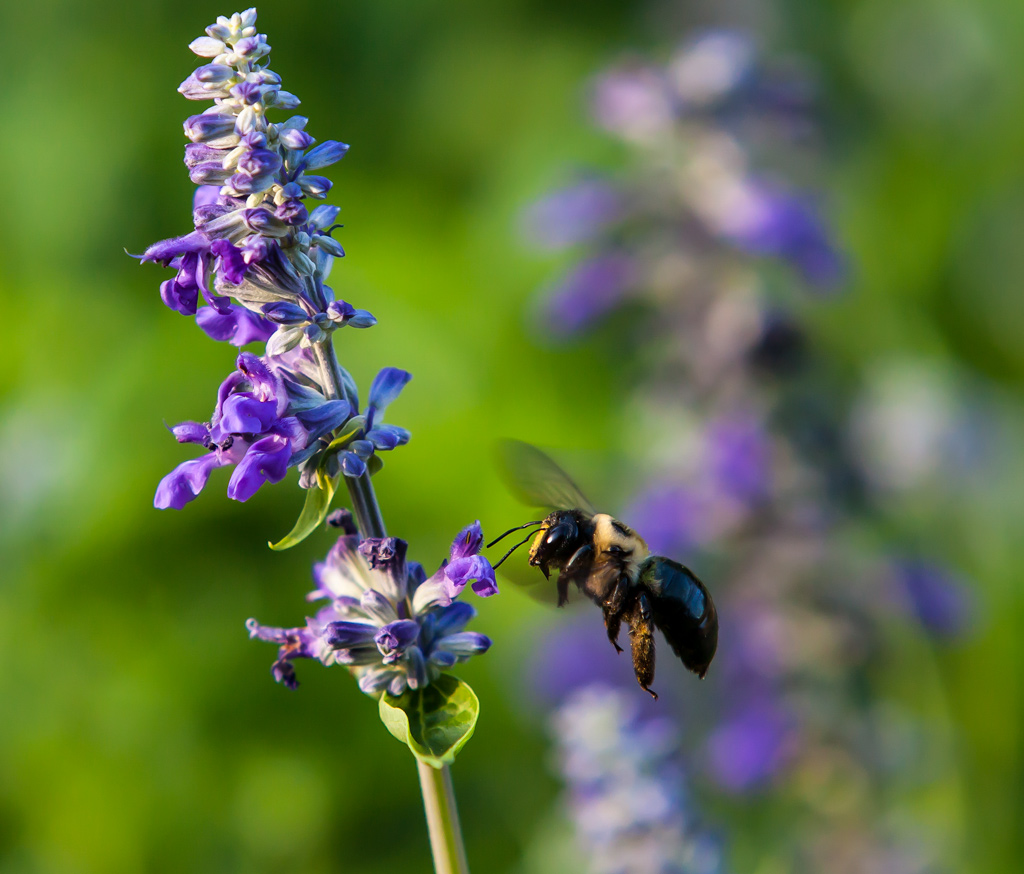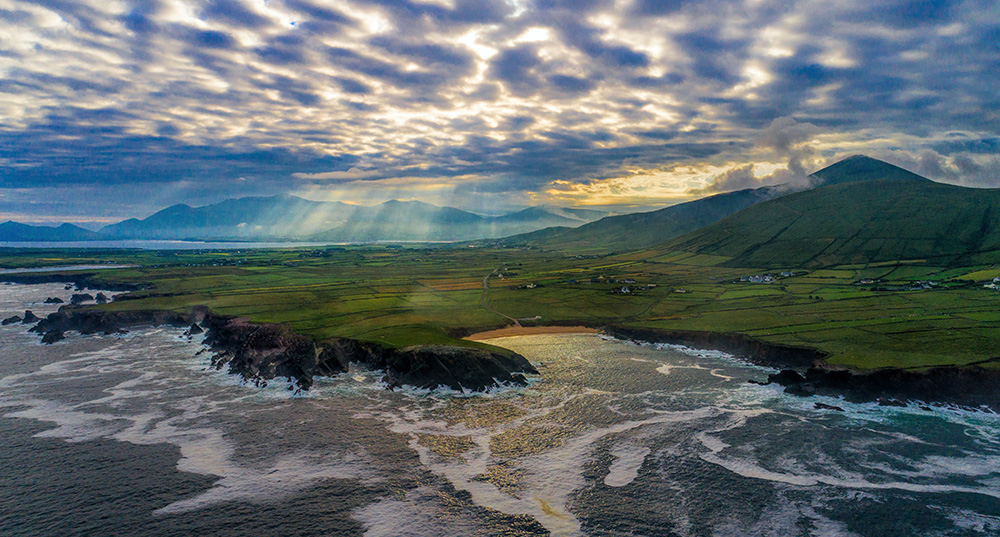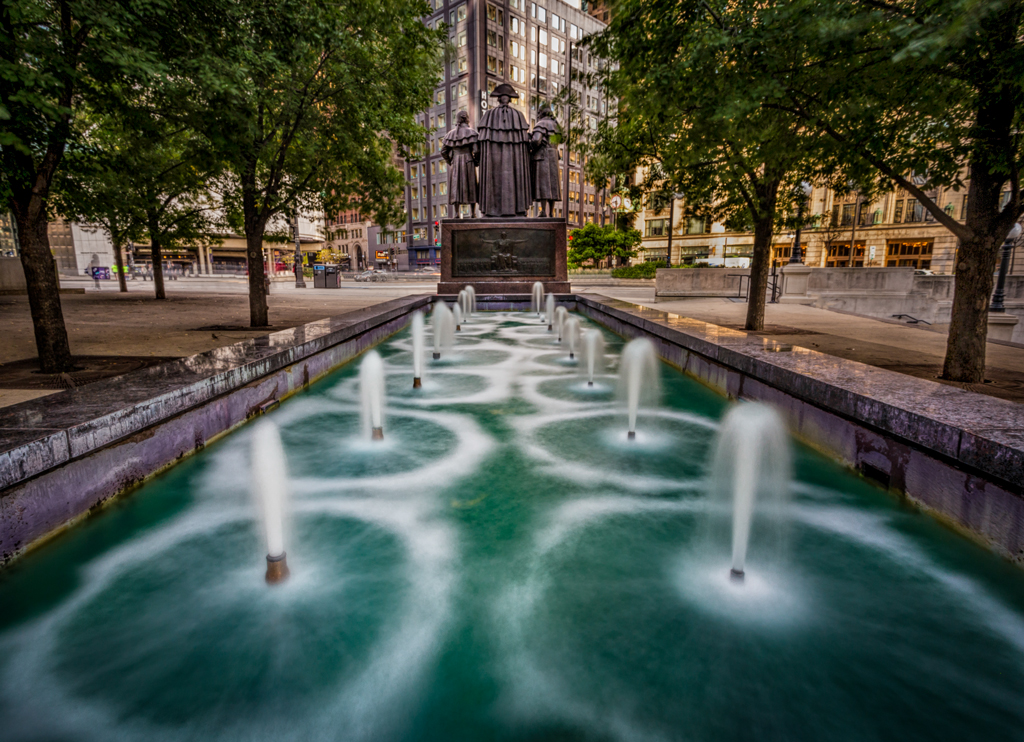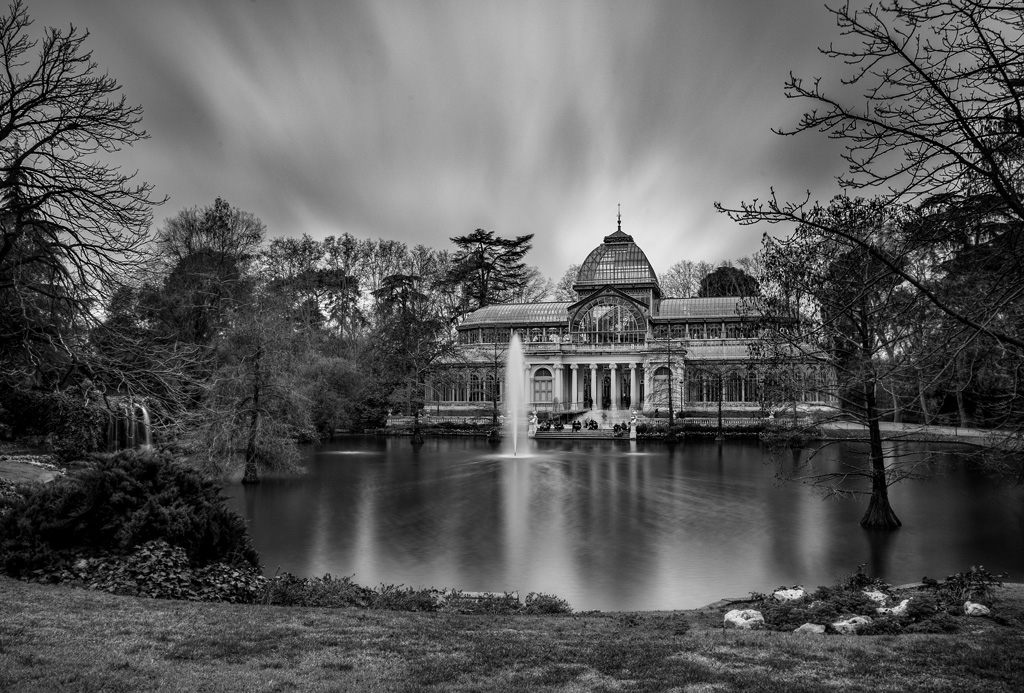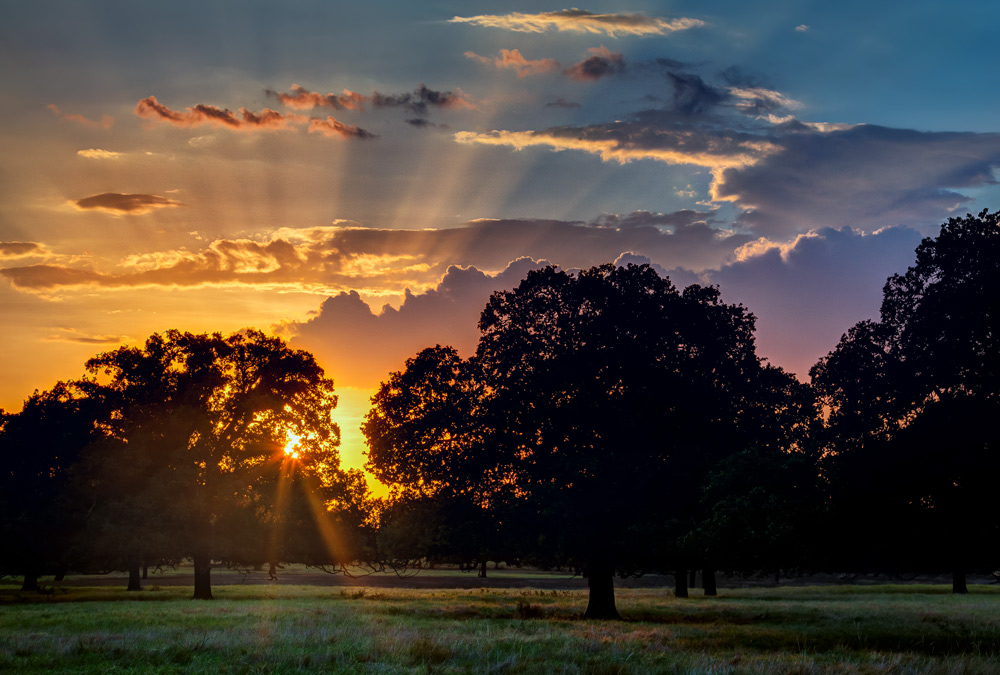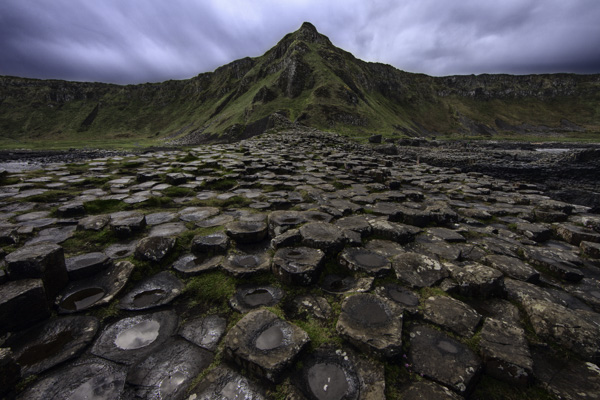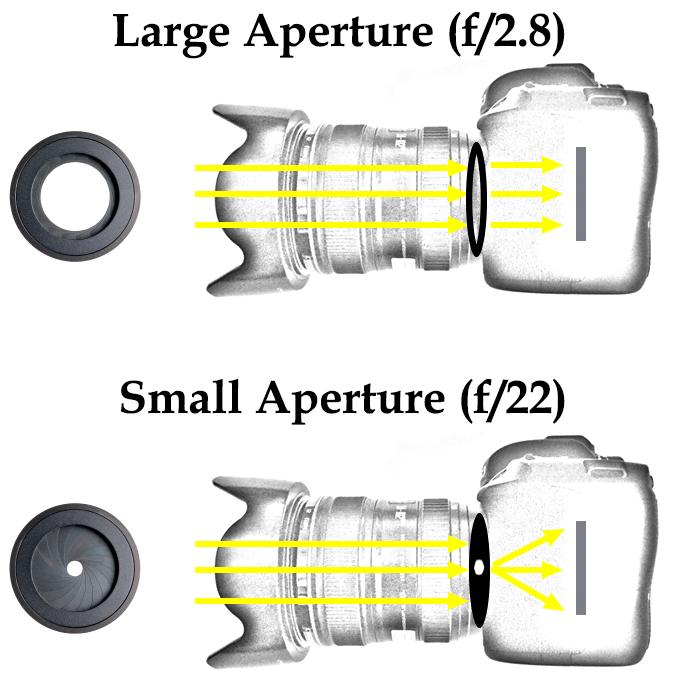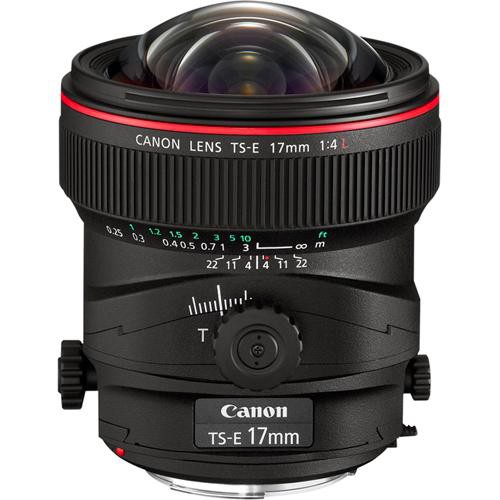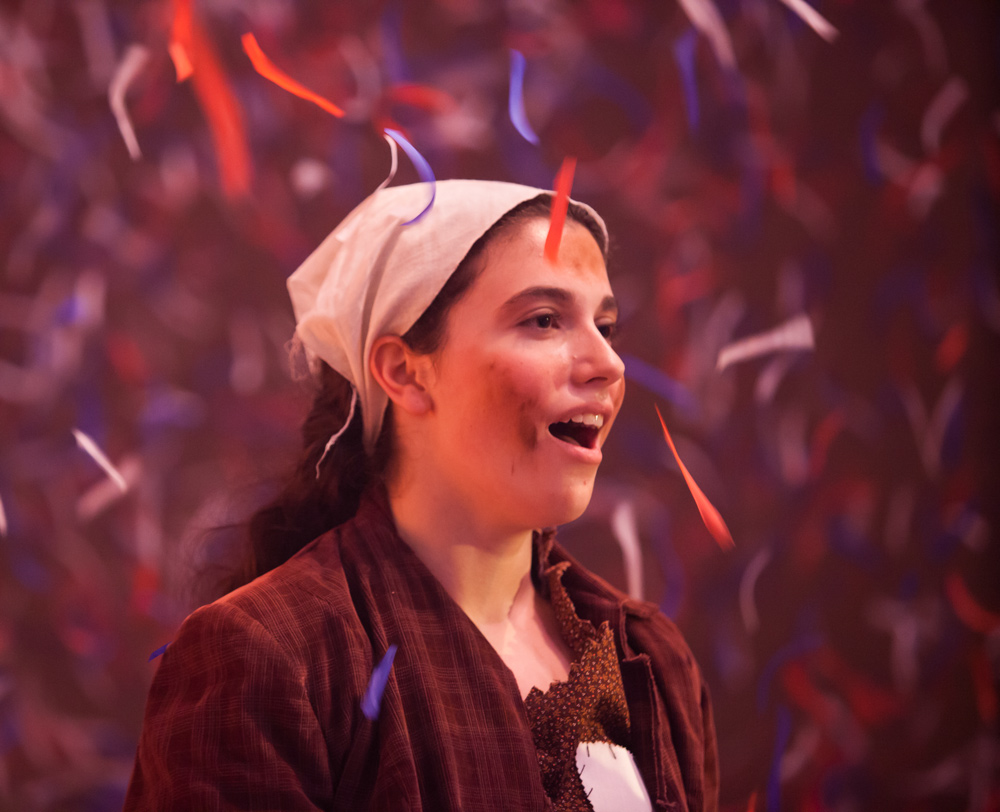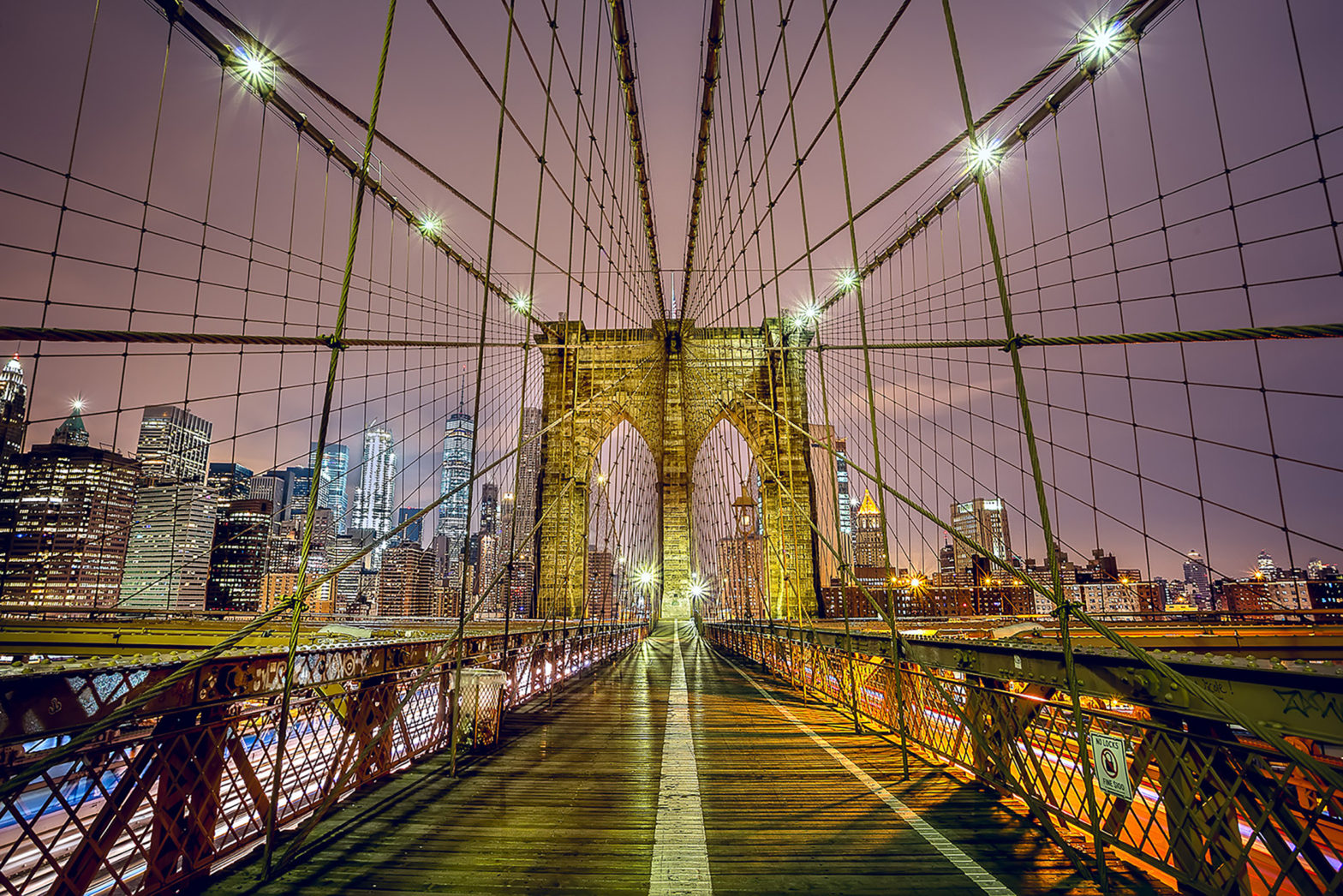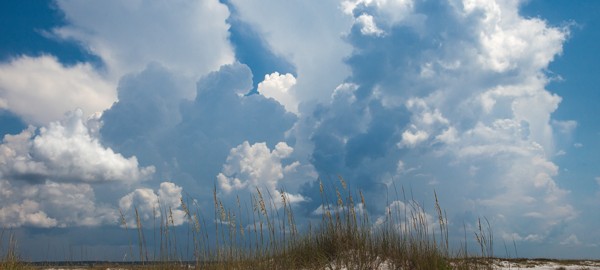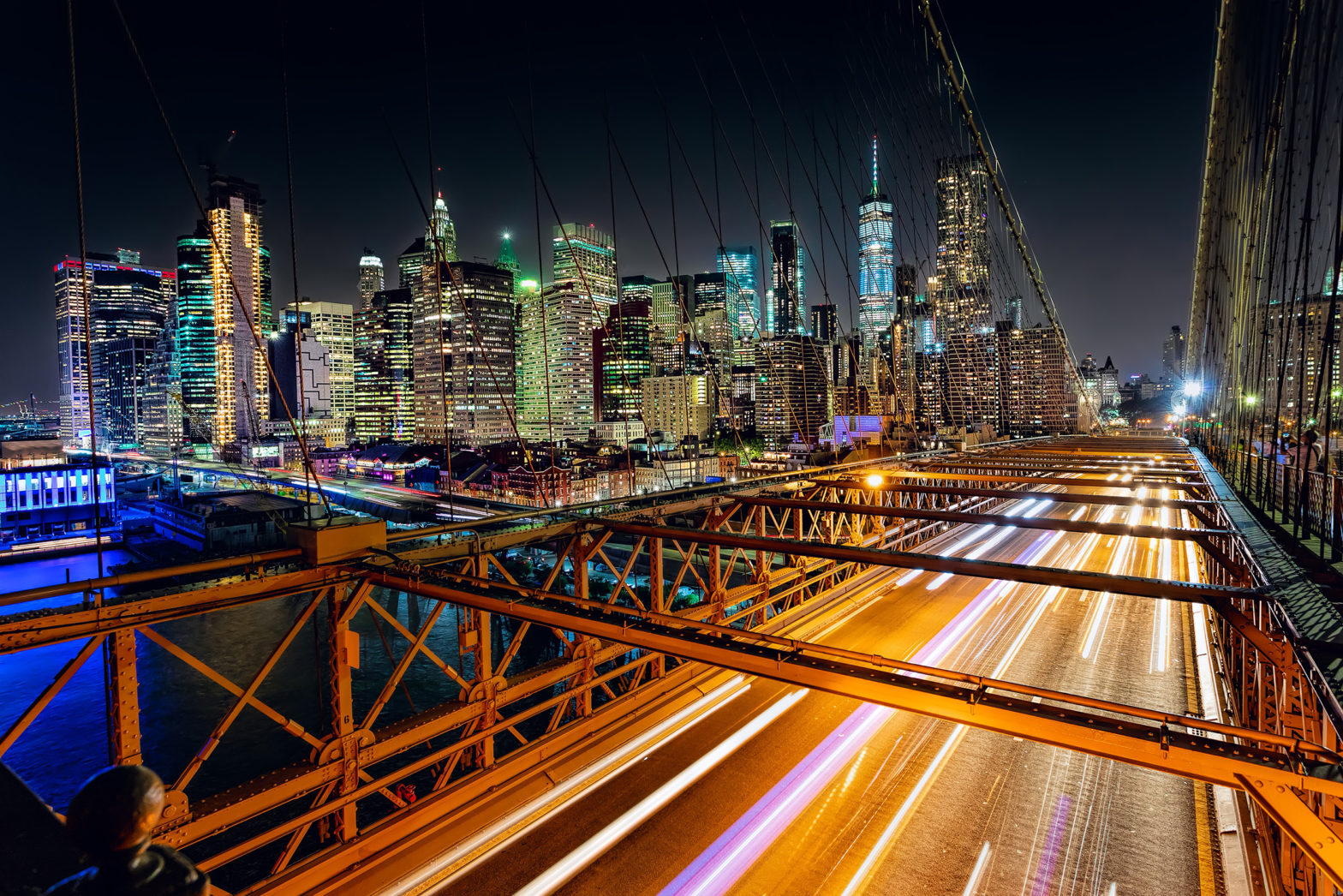Category: Exposure
Getting a Shallow Depth of Field (Video)
Very often, outdoor photography involves the pursuit of pictures that are sharp front to back. Sometimes, however, you’ll want photos with blurred backgrounds. This helps isolate your subject, and can look very cool in the right circumstances. It is common practice (or at least it should be) when it comes to including people and wildlife… Continue reading Getting a Shallow Depth of Field (Video)
How Can I Get Great Background Blur?
I know you want me to tell you a secret or a gadget that will get you great background blur easily. Don’t worry – I will do so – but first please indulge me while I stress the fundamentals. Aperture Settings As you likely already know, getting a blurred out background or shallow depth of field… Continue reading How Can I Get Great Background Blur?
Why Not Use Shutter Priority Mode?
When it comes to choosing the mode to use on your camera, the two choices that virtually everyone (myself included) recommends are either Manual mode (M on the mode dial) or Aperture Priority mode (A or Av). The rationale for Manual mode is that, while it is surely the slowest one to set and use,… Continue reading Why Not Use Shutter Priority Mode?
Do I Need to Learn Exposure?
You already know I’m going to say “yes”; but I think there is a little more to it than you might expect. I approach questions like this with a degree of caution. The reason is that I’ve seen answers from experts in other contexts go horribly wrong. For example, I’ve always been interested in sailing.… Continue reading Do I Need to Learn Exposure?
Getting Started With Long Exposure Photography
Once you are in command of the cameras shutter, new worlds are opened up to you as a photographer. Things that are simply not possible for the average snap shooter become possible for you. You control the action. You control what is blurred and what is sharp. You control the exposure. Shooting with a fast… Continue reading Getting Started With Long Exposure Photography
Exposure Compensation Explained
One of the questions I received recently asked me to explain exposure compensation. In this article, I will answer the 4 essential questions on that subject. What is Exposure Compensation? Exposure compensation is your ability to change the exposure values from something different than what the camera sets for you. Let’s back up to explain… Continue reading Exposure Compensation Explained
4 Ways to Maximize Depth of Field
There are many times you want your image tack sharp from front to back. You need a wide depth of field to achieve this. How do you go about achieving the widest depth of field possible without some of the side effects that go along with that? That’s what you’ll learn in this article. Option 1:… Continue reading 4 Ways to Maximize Depth of Field
The Evil That Is Diffraction
You want to maximize the depth of field of your pictures. The obvious way to do that is to use the smallest sized aperture the lens will allow, right? You know that the smaller the aperture, the greater the depth of field. So why not just crank down the aperture all the way to f/22 (or whatever the… Continue reading The Evil That Is Diffraction
Using a Tilt-Shift Lens to Maximize Depth of Field
You want to maximize the depth of field of your images. You understand, however, that shooting at very small apertures can negatively affect image quality because of diffraction. You also know that the “sweet spot” for most lenses is somewhere in the range of f/5.6 – 8.0. Wouldn’t it be nice if you could use… Continue reading Using a Tilt-Shift Lens to Maximize Depth of Field
Creating Background Blur in Your Photographs
When you have a definite subject of your photograph, you usually want it to appear as sharp as possible while at the same time making the background blurry. That will make the subject pop and minimize distractions in the background. Plus it just looks like a pro move, doesn’t it? Virtually all portraits are shot this… Continue reading Creating Background Blur in Your Photographs
Shutter Speed: How Slow is Too Slow?
By now, you probably know a thing or two about shutter speed. This is the control on your camera that determines how long the shutter will be open and allow light onto your digital sensor to expose a picture. Shutter speed is measured in fractions of a second and, for particularly long exposures, in whole… Continue reading Shutter Speed: How Slow is Too Slow?
Exposure Scenarios
This article is going to get into some specifics on exposure and how you might set up your camera to get the best exposure in certain situations. I will do that by presenting some exposure scenarios you are likely to encounter and show you how I would handle them. My hope is that it ties… Continue reading Exposure Scenarios
F-Stops Made Simple
A confusing number that beginning photographers face right away is the “f-stop” number. It is important because it measures one of our three primary exposure controls: aperture size. However, the concept of “f’-stops” doesn’t make sense at first glace and many are confused by it. But understanding the figure is really pretty simple. In this article, I’m… Continue reading F-Stops Made Simple
Nail the Exposure With Spot-Metering
You shoot in manual mode. You know in general how the camera meters light. You know in general how the metering modes work, including spot-metering. You understand all of that, but still the question arises: how exactly should you go about metering a scene and setting the proper exposure? In this article I will show… Continue reading Nail the Exposure With Spot-Metering
5 Easy Steps for Curing Your “Auto Mode” Addiction
Most people getting started with photography begin with their camera in Auto mode. In fact, everybody does. At some point, however, the thought begins to creep into your mind that you should be shooting in some other mode. You begin to see others’ photography and their control over the camera and would like to do… Continue reading 5 Easy Steps for Curing Your “Auto Mode” Addiction

